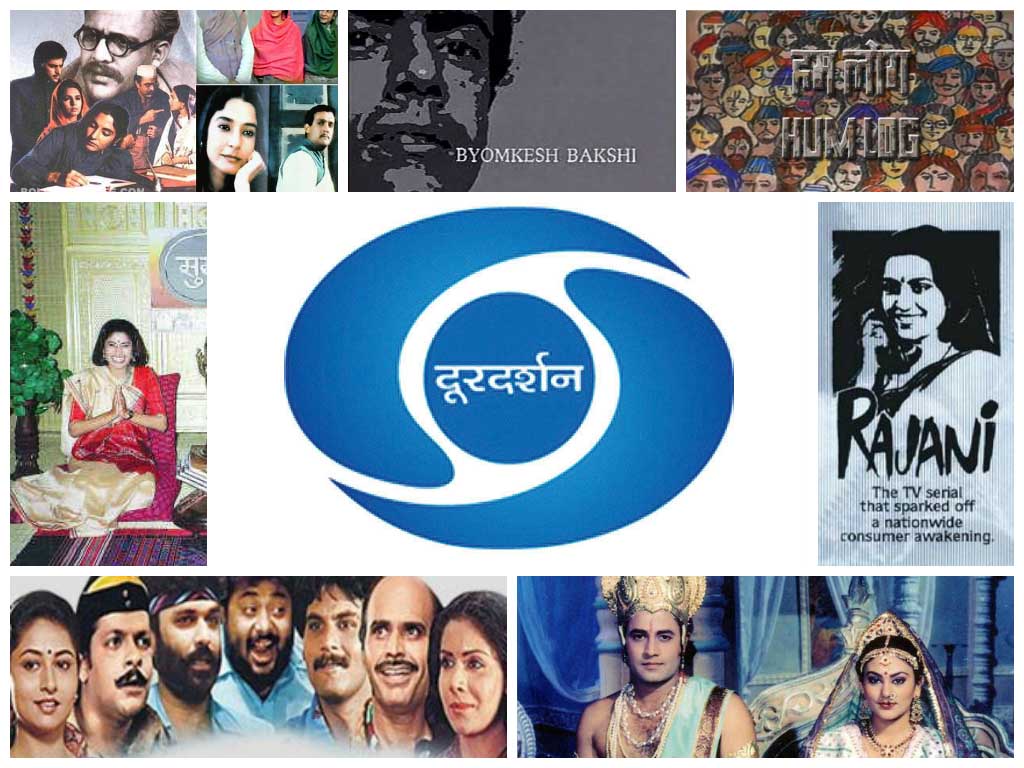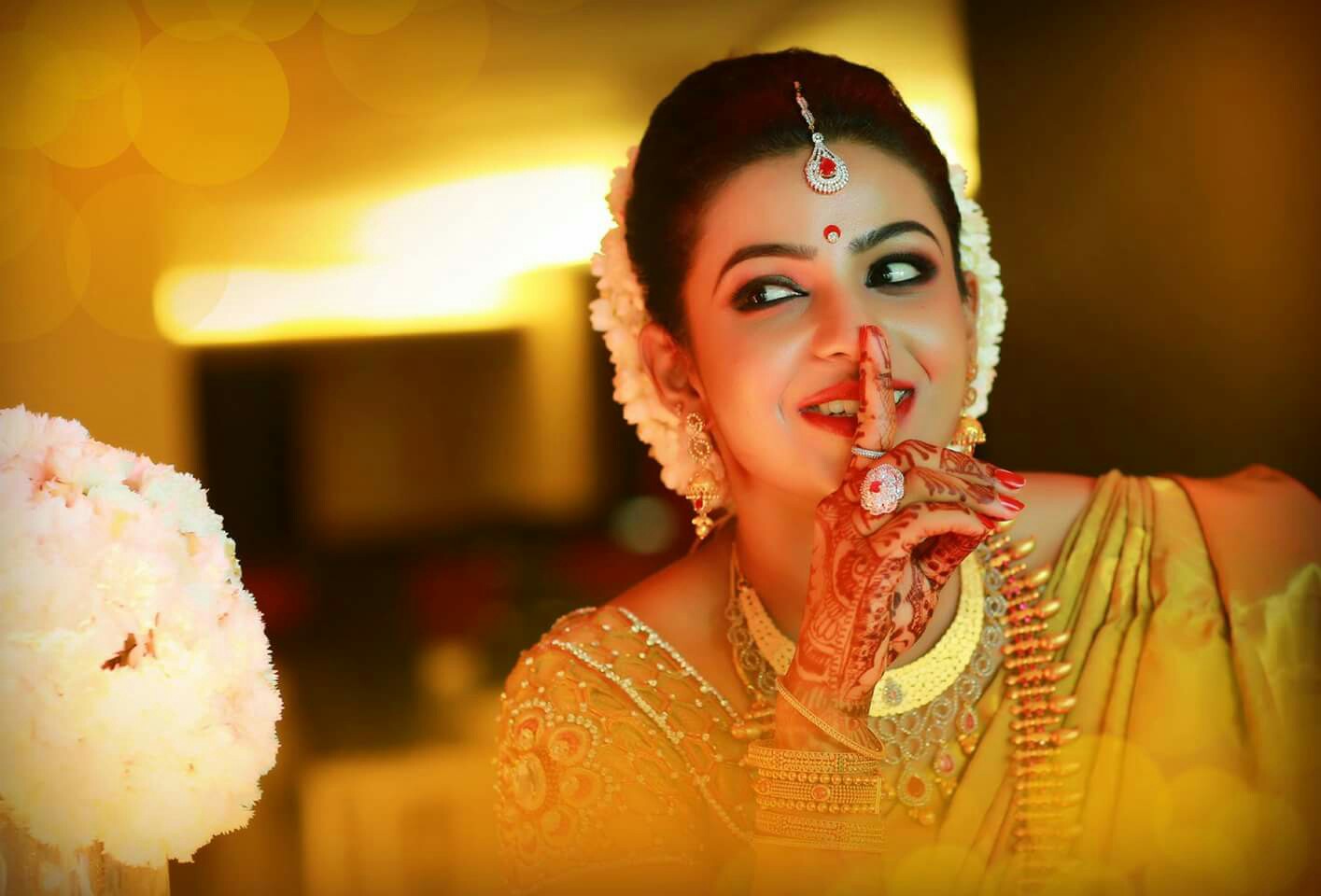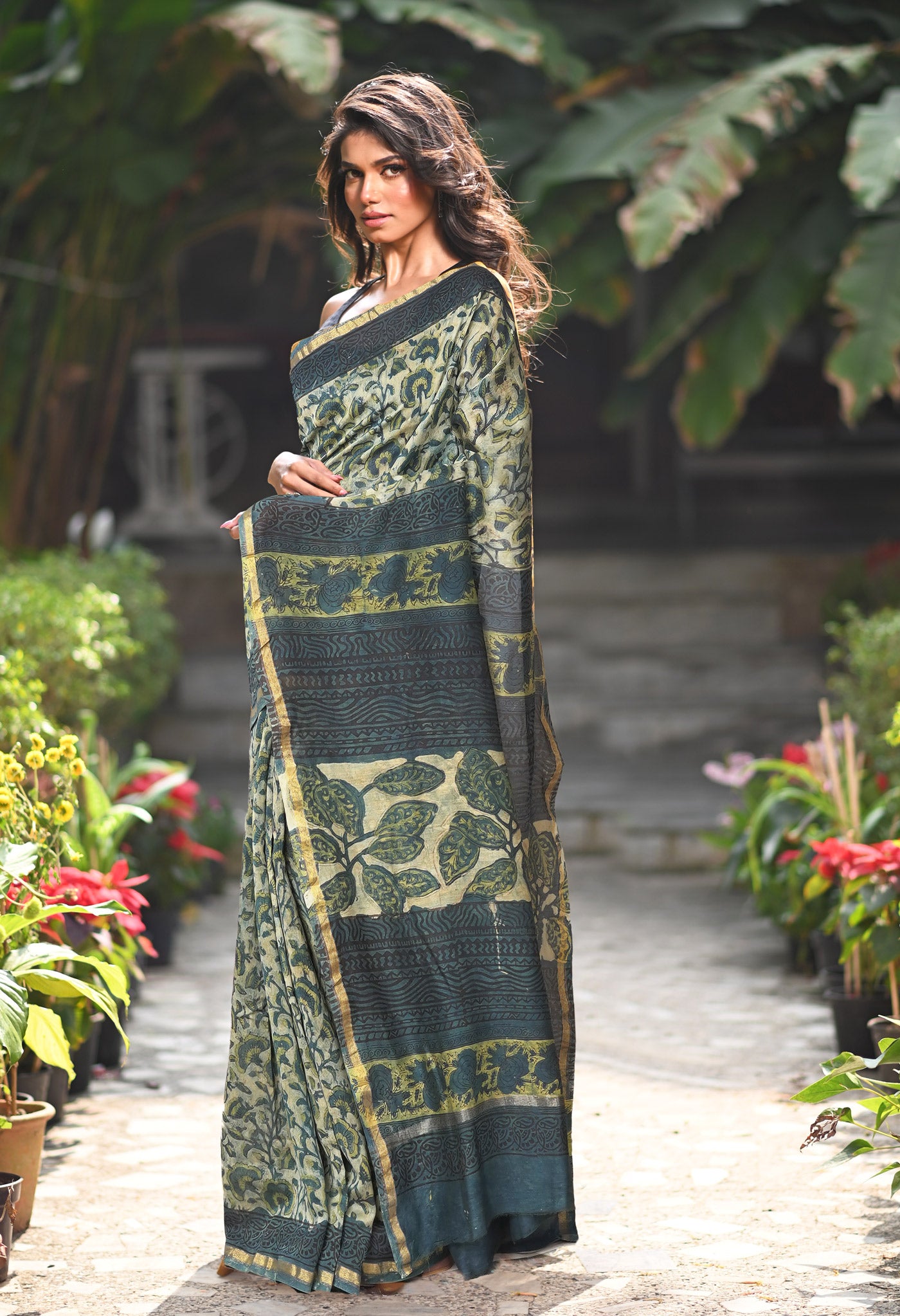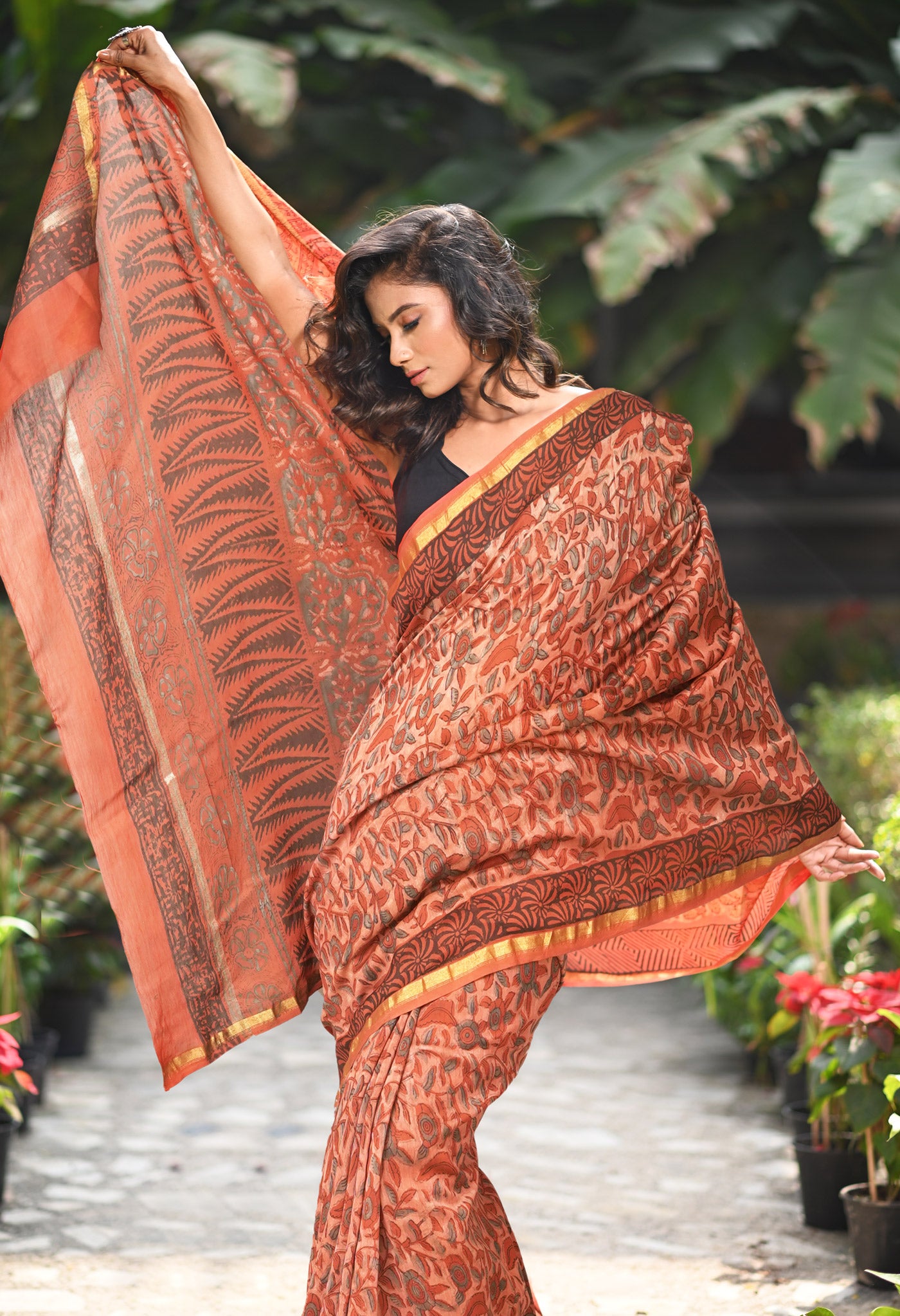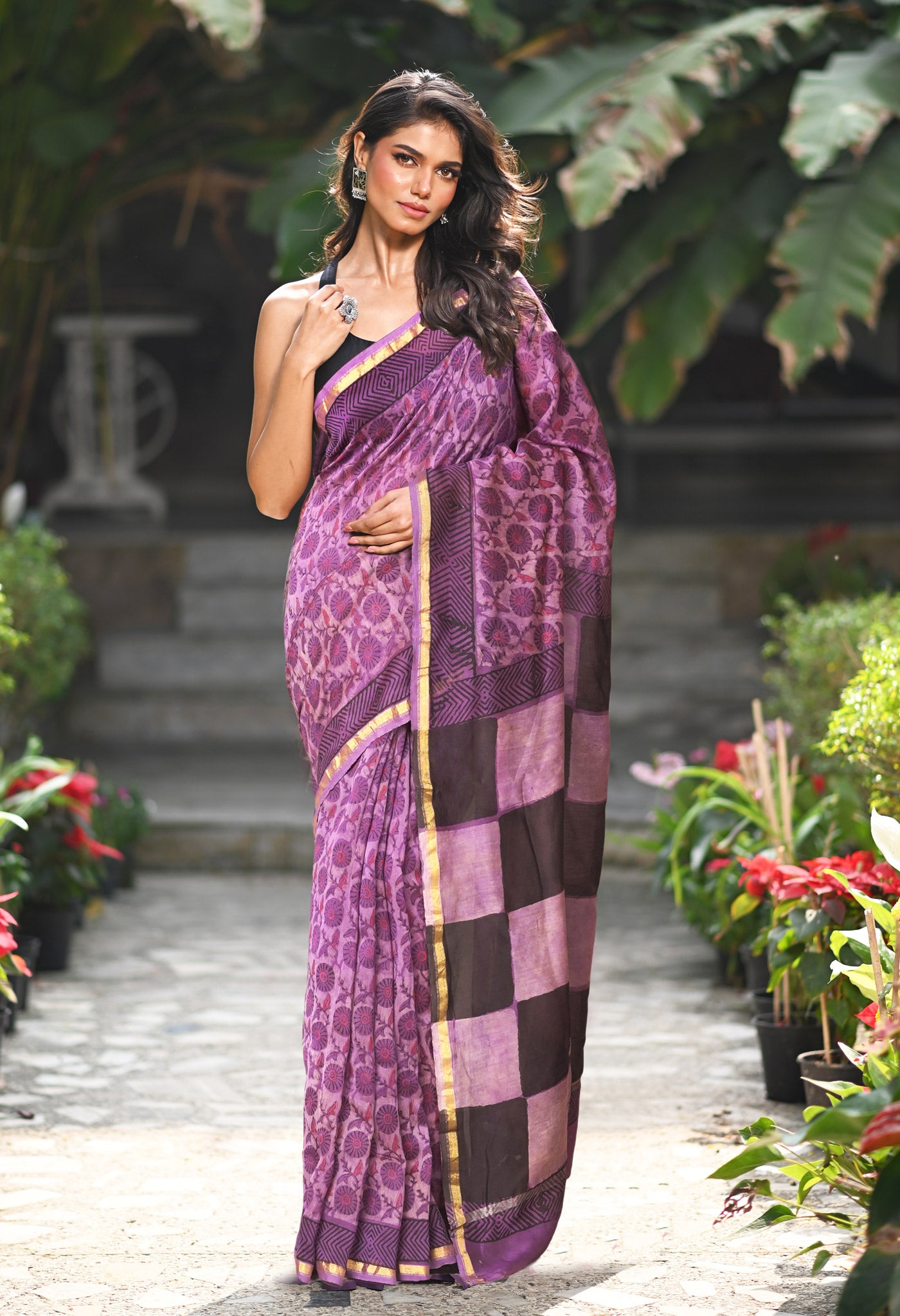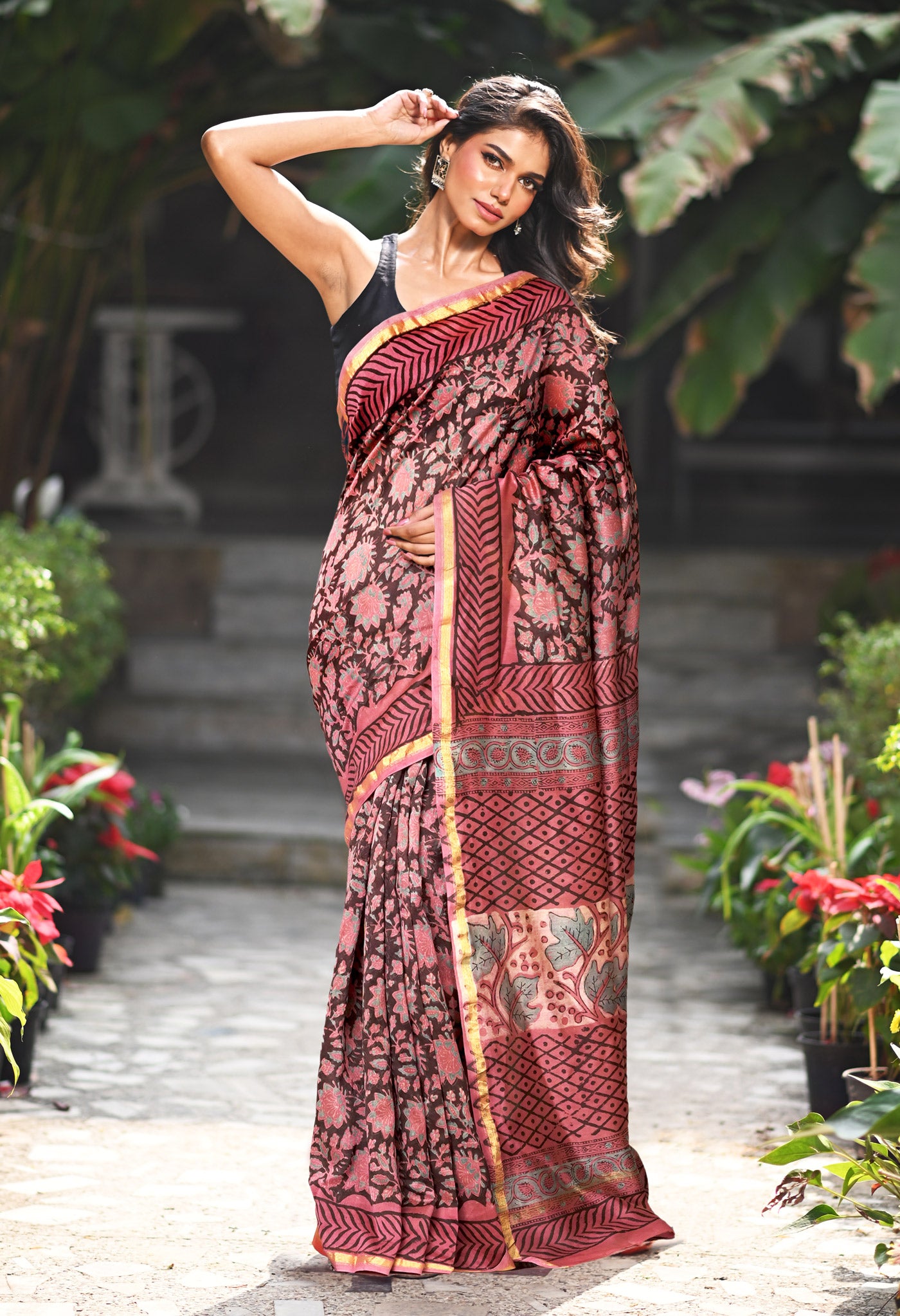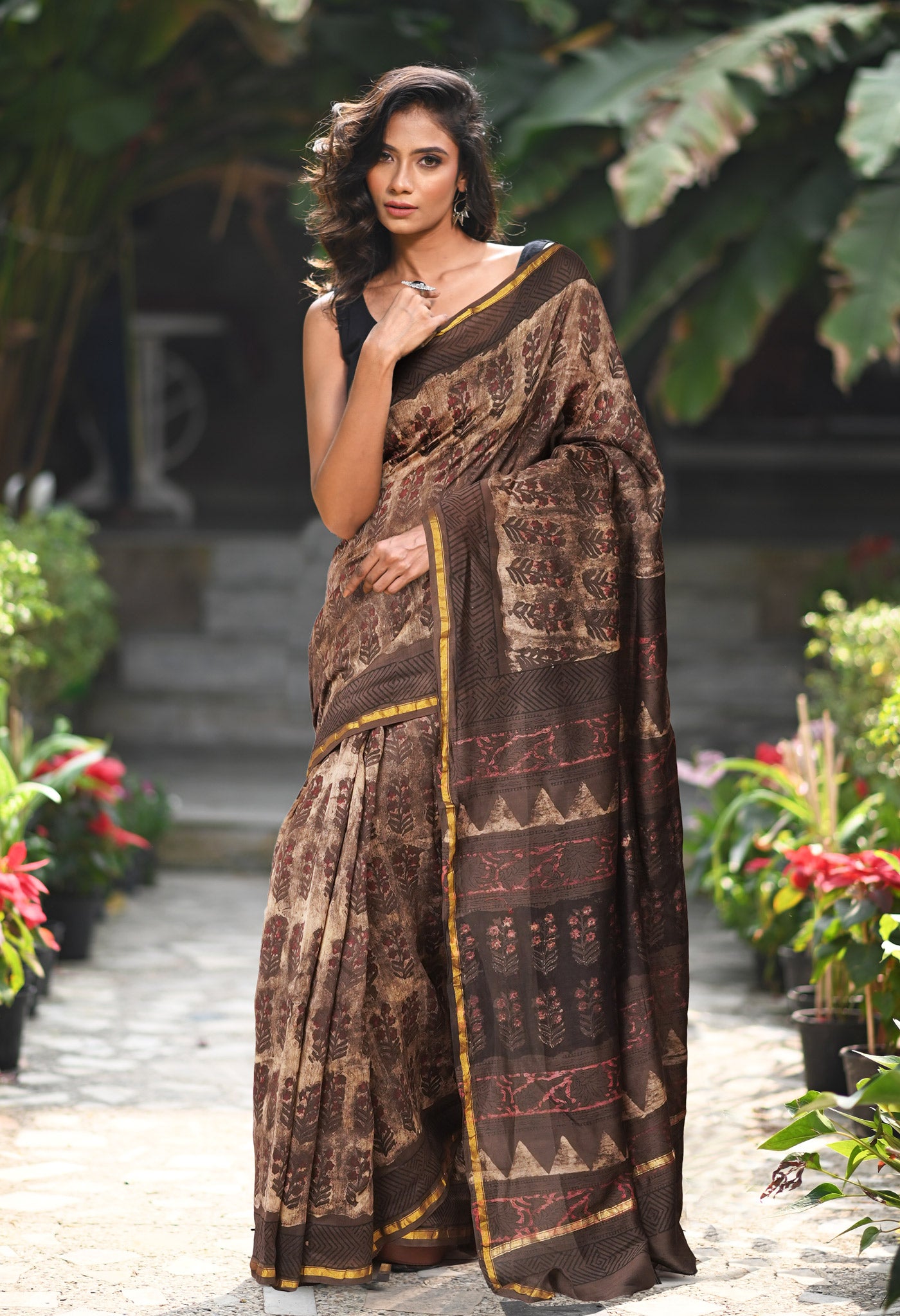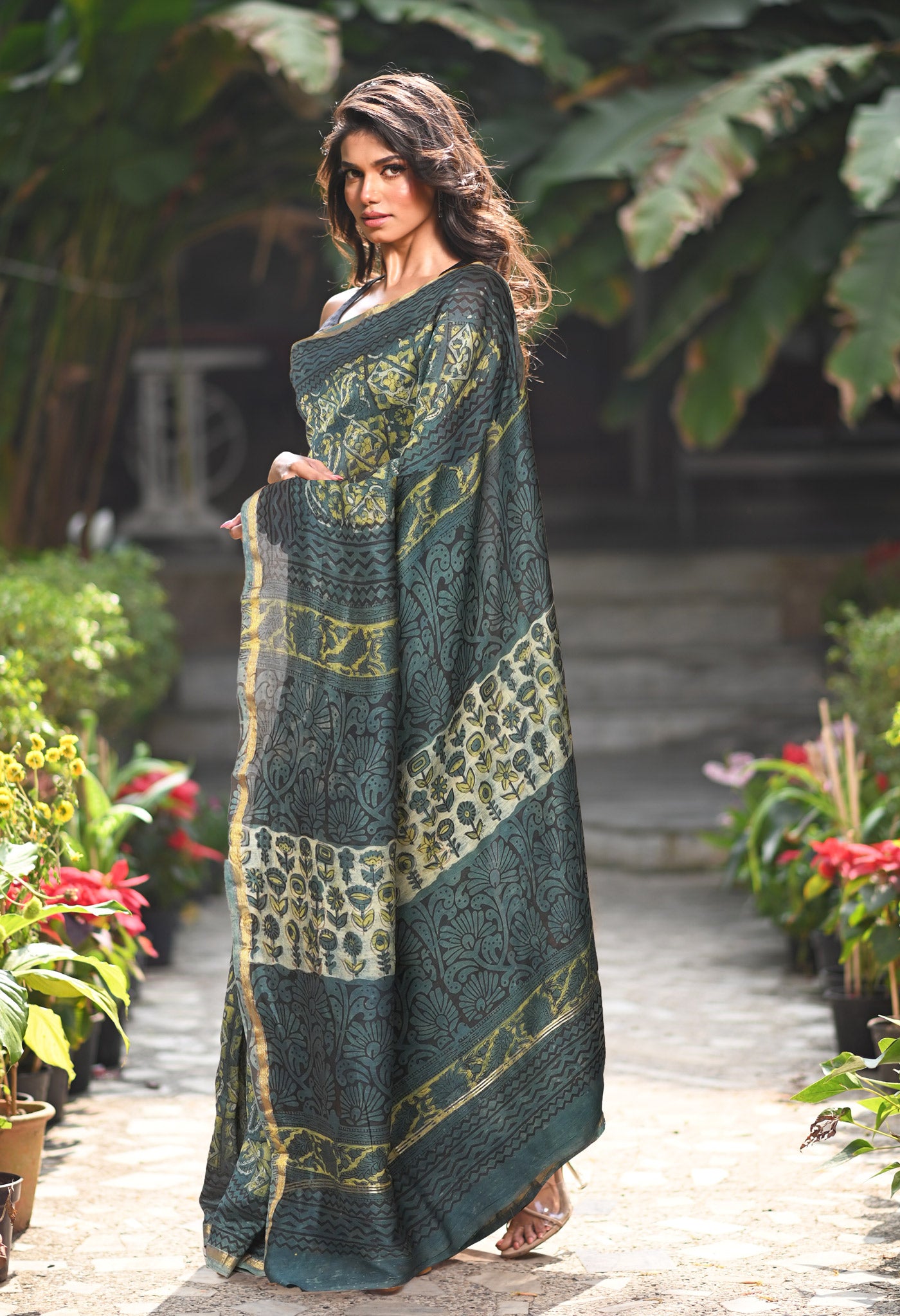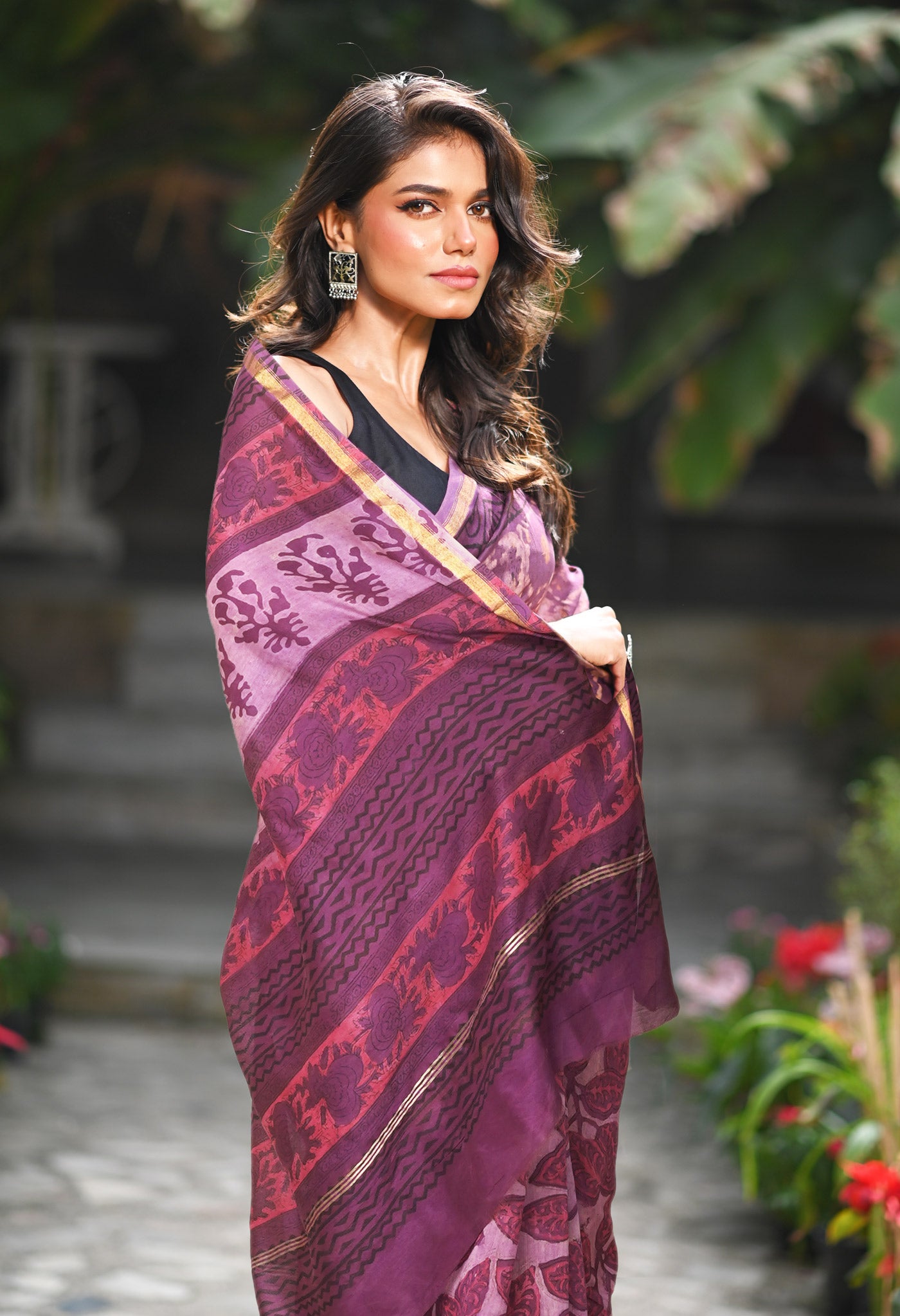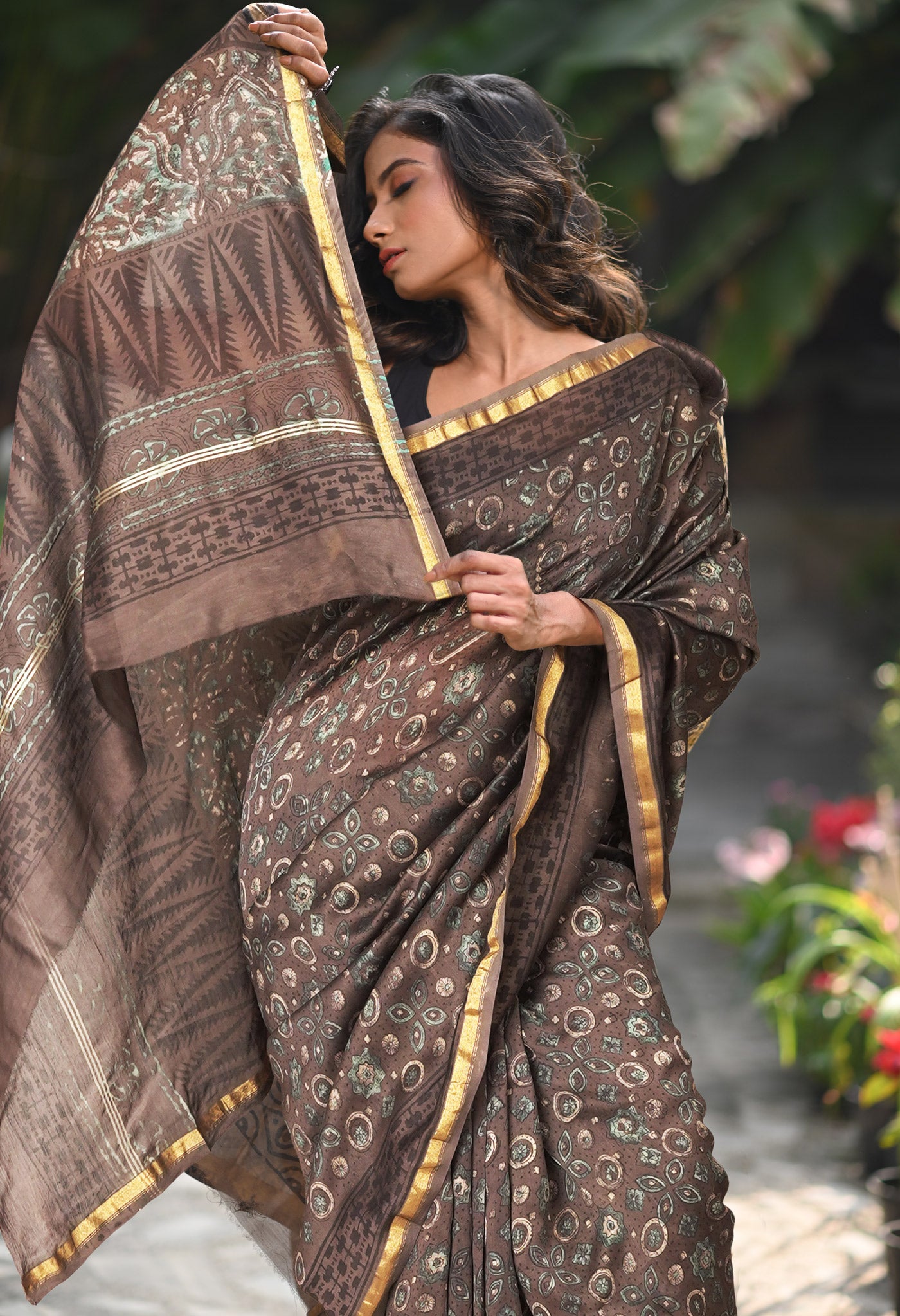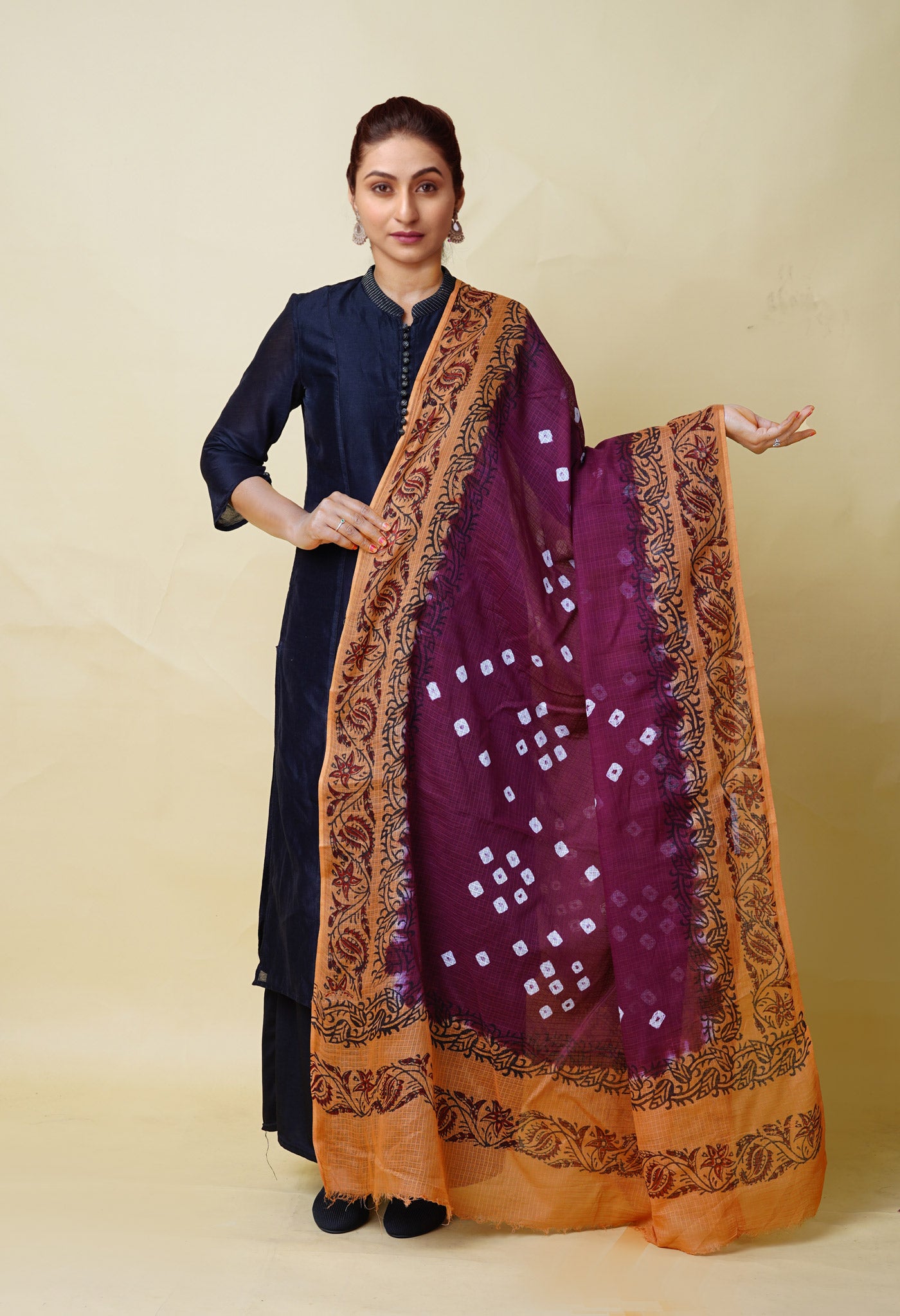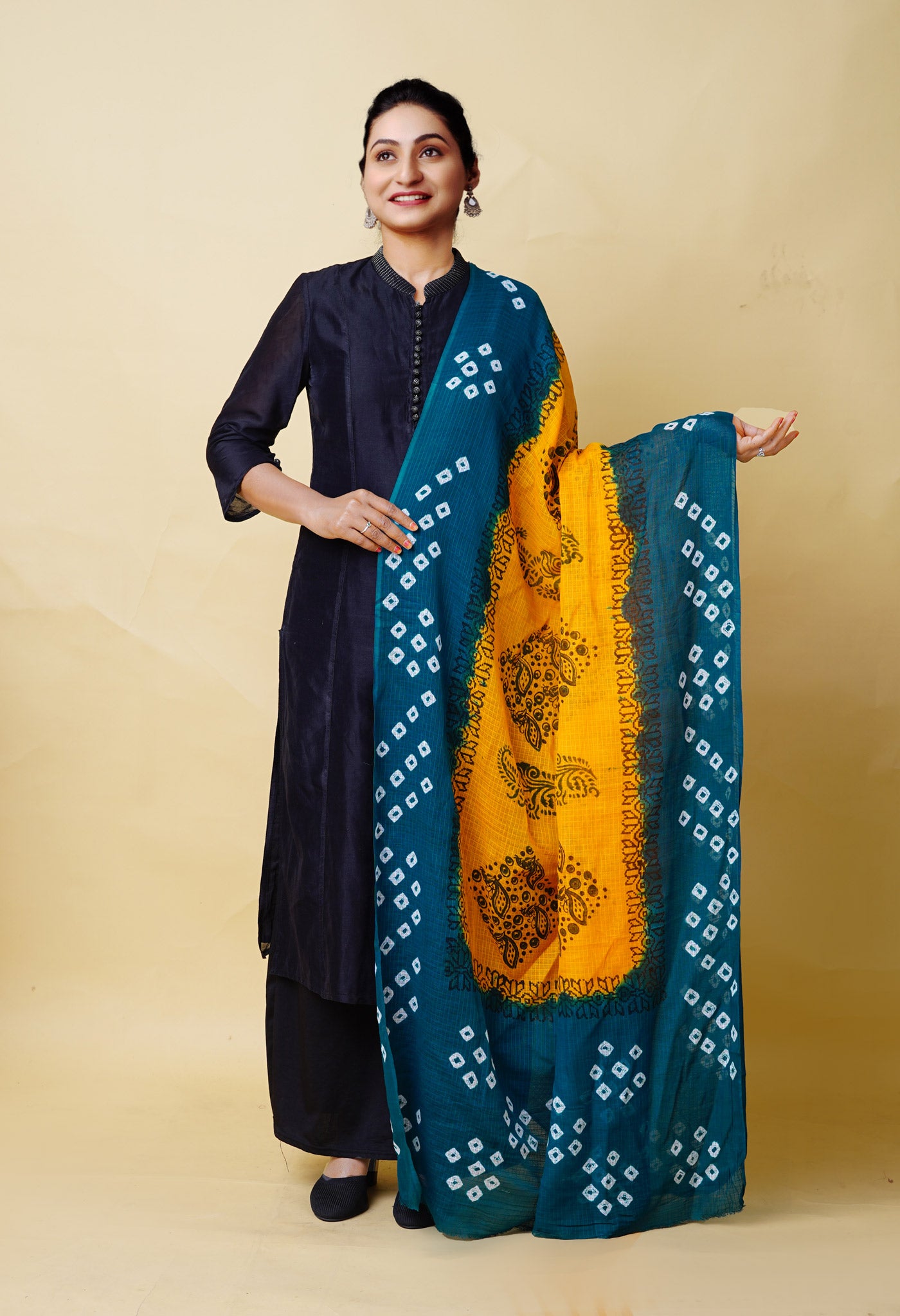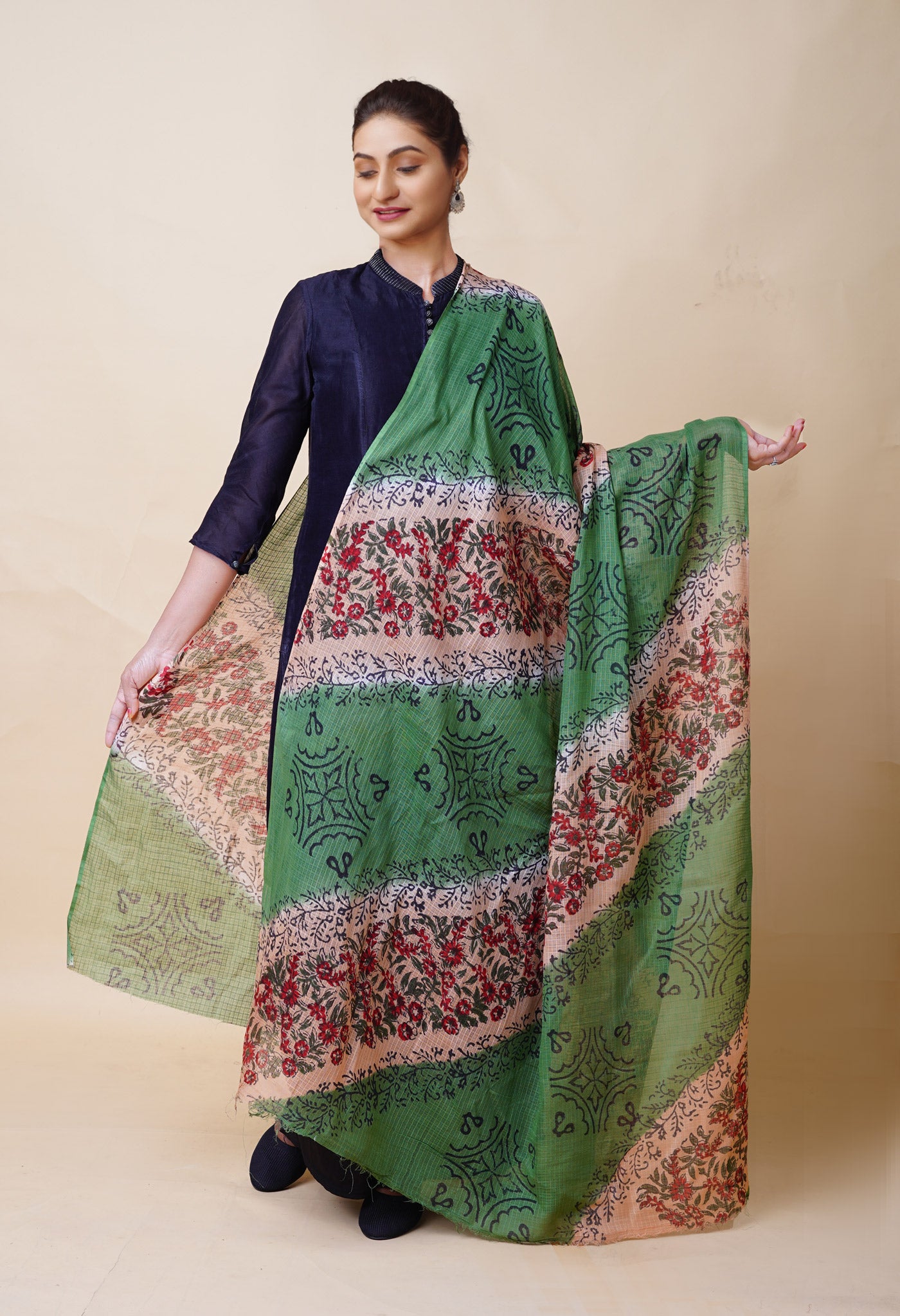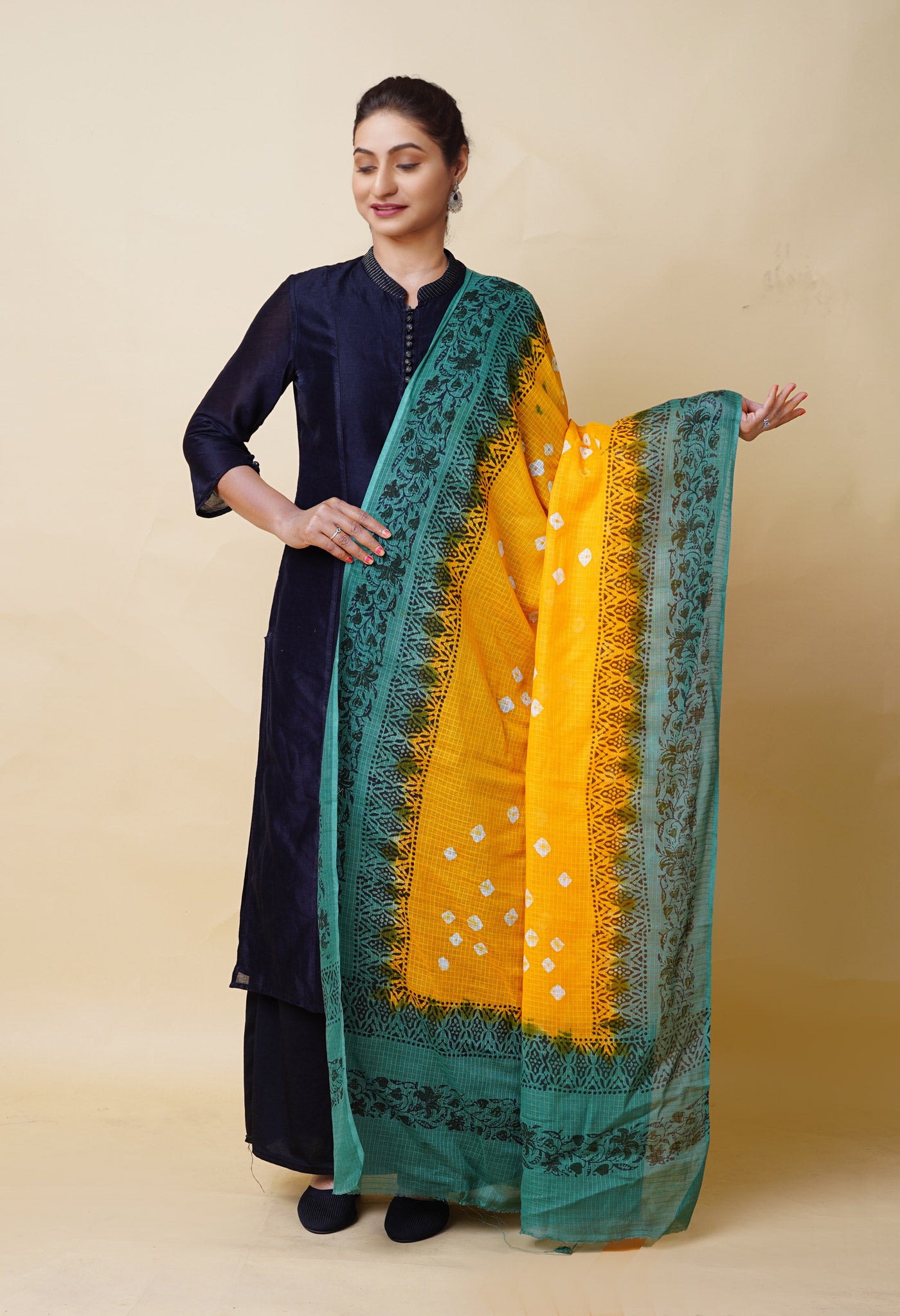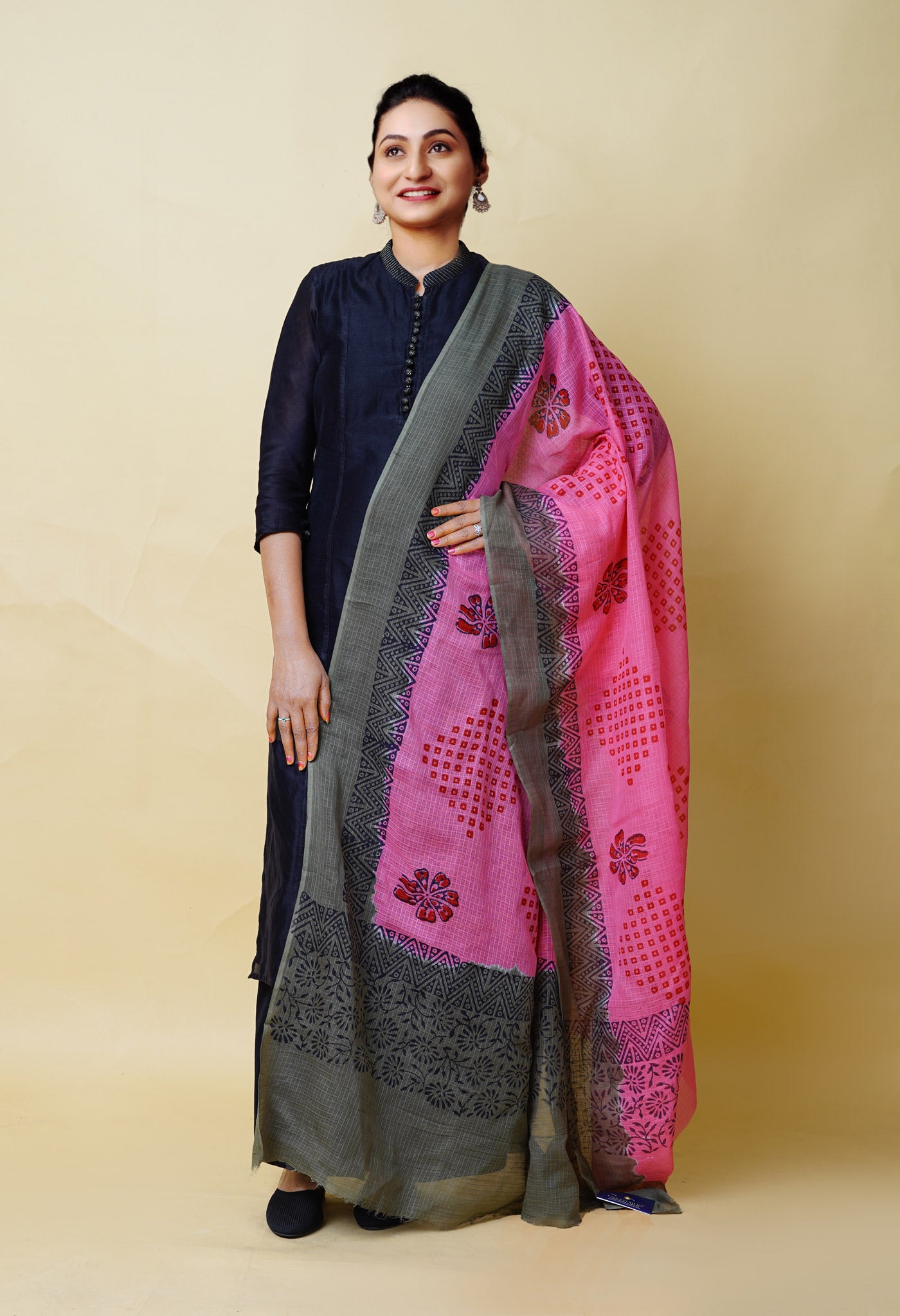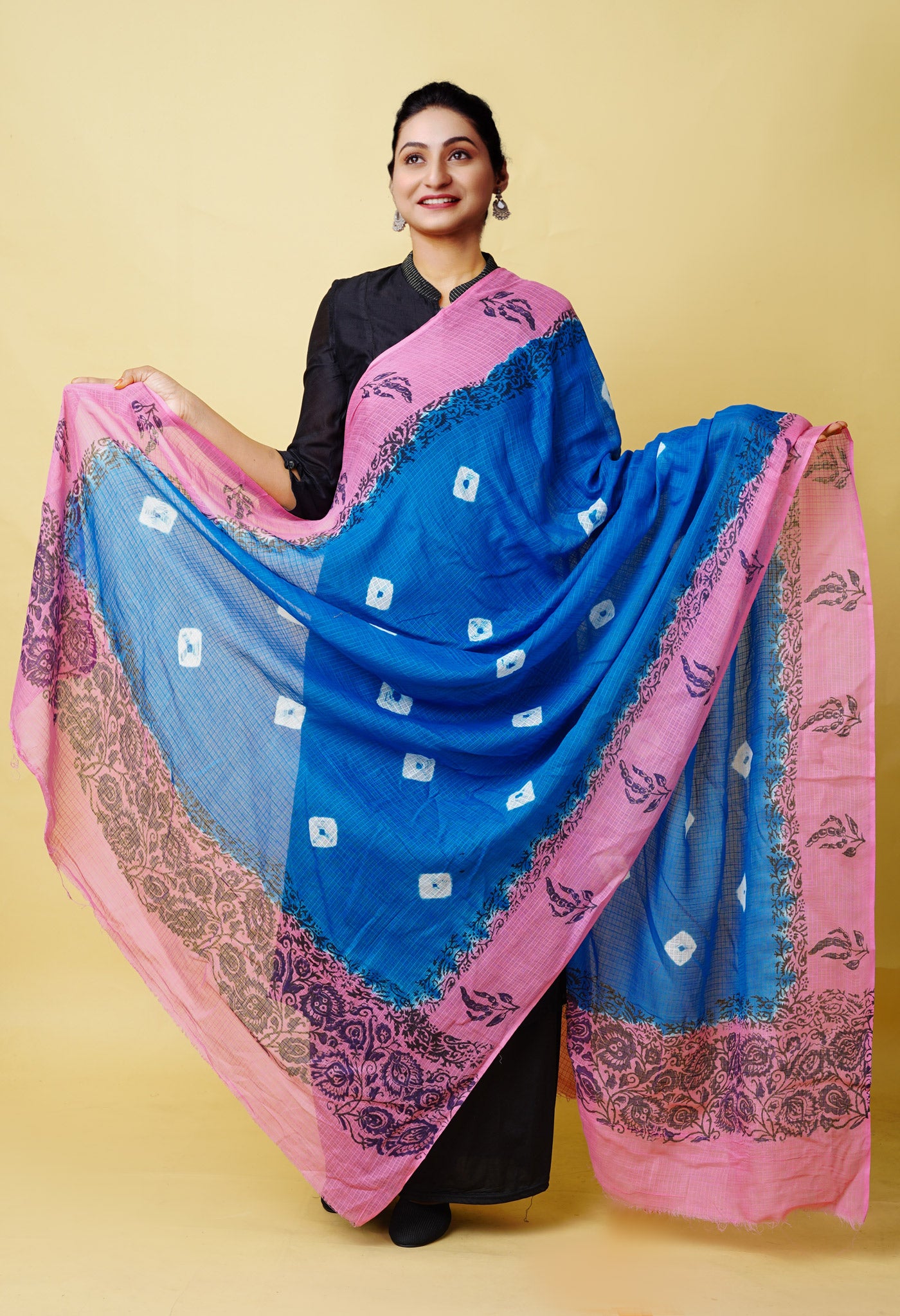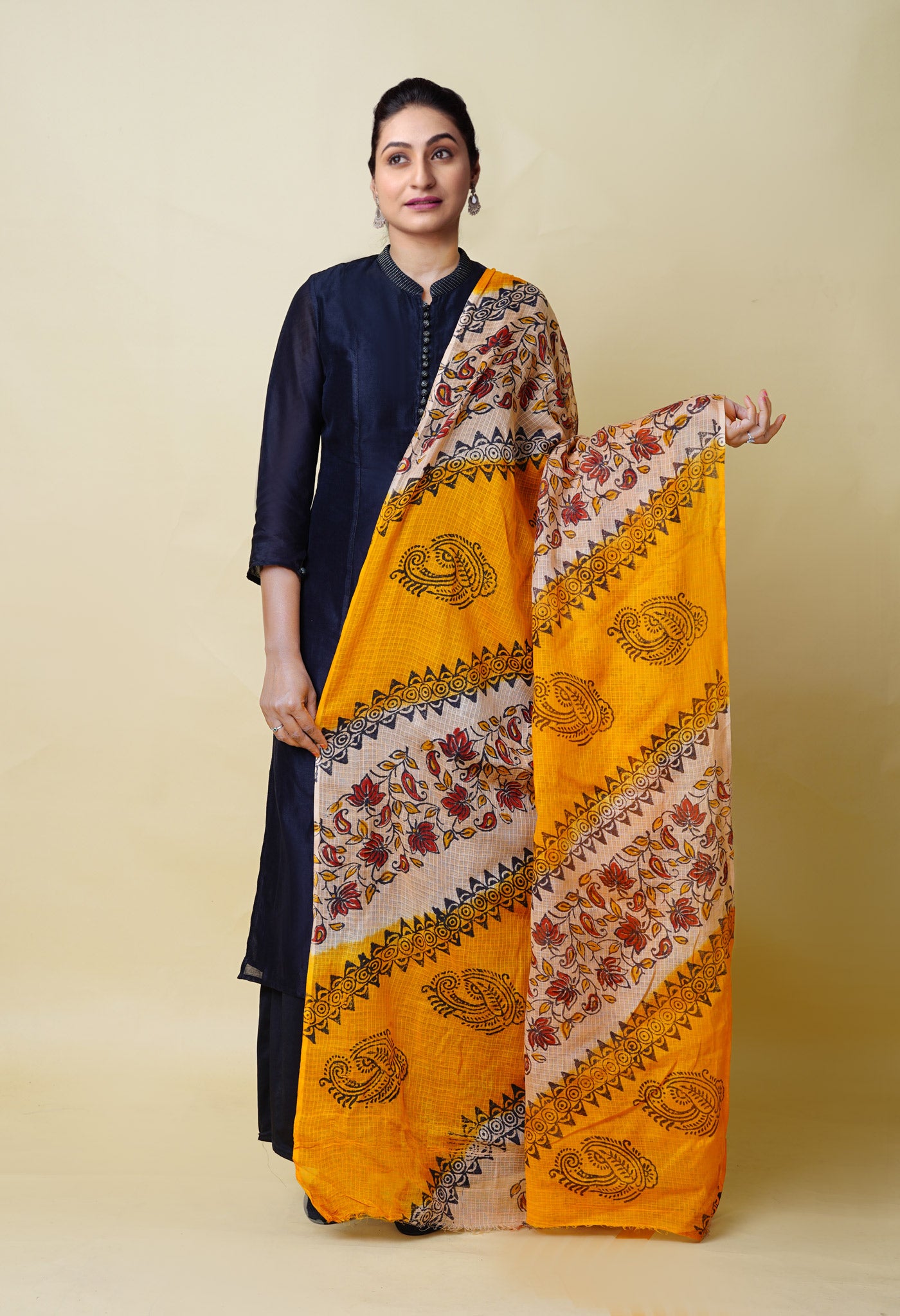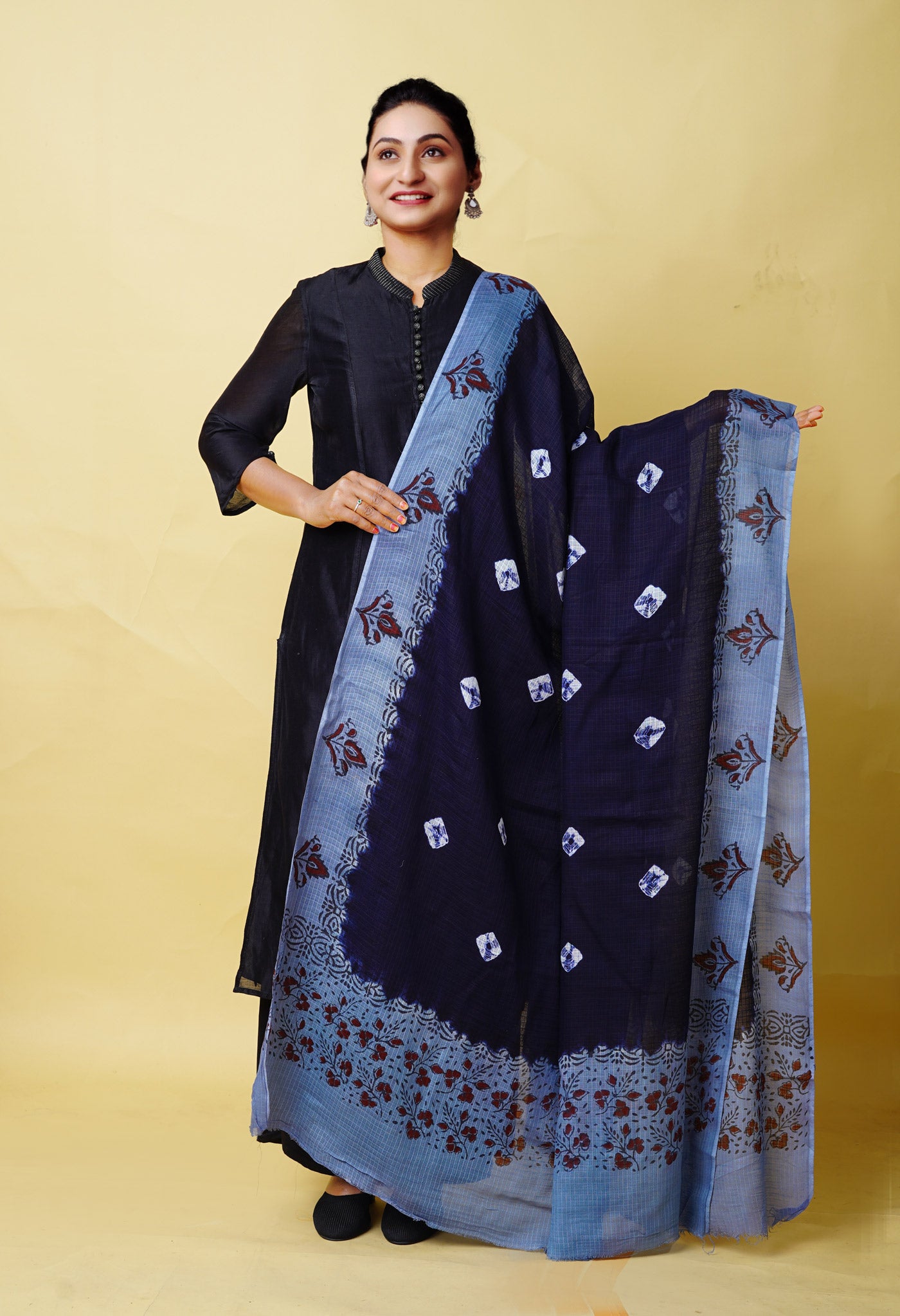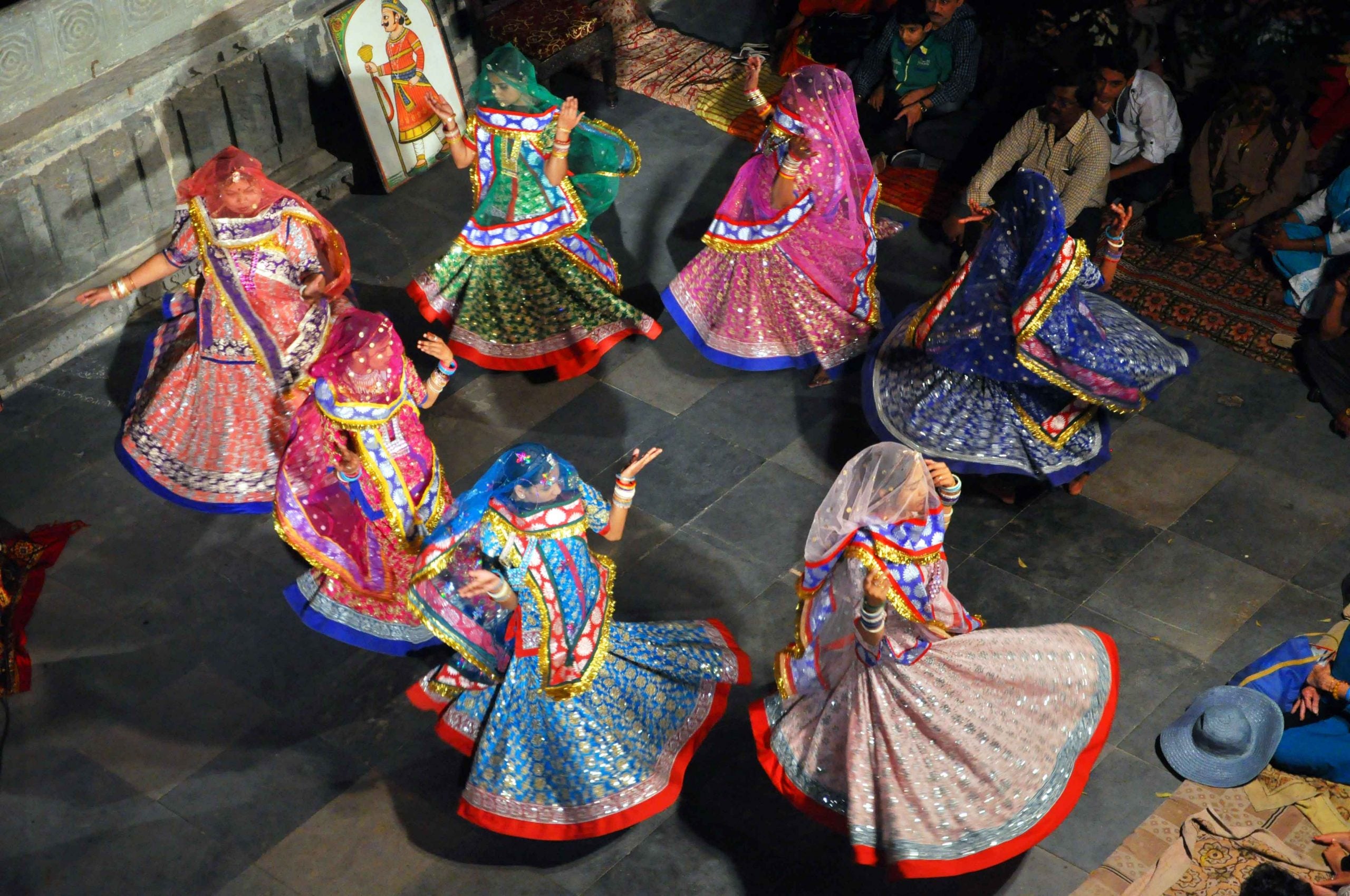
Everything about Ghoomar you need to know – History, Styles, Attire & More
If you know fine, if not, then the next time you see women in colorful attire, veiled and seemingly traditional, going round in circles to a slow or medium paced lilting tune, you could be seeing them do the Ghoomar.
Ghoomar is one of the traditional folk dances of Rajasthan, India, known for its high level of difficulty and in a competition of local dances around the world in 2013, had been ranked fourth. More recently it has been a much-applauded dance routine performed by the very popular Deepika Padukone & Co., for the yet to be released movie ‘Padmavati’.

Choreographed for the first time, individually by Kruti Mahesh Midya, an acknowledged talent from the Dance India Dance programme, and with the number sung by the very acclaimed singer Shreya Ghoshal, Sanjay Leela Bhansali as director, known for his penchant for detail and craft, has banked on this song quite a bit, as an attractive proposition for the audiences. No wonder he roped in renowned Ghoomar expert Jyothi Naithani Tomar of trustee of Gangaur Ghoomar Dance Academy, to get Deepika to get the nuances and even the most difficult steps right for the song & dance.
Reportedly the actor did over 66 twirls while shooting for the song. In addition she had to do the dance in an extravagant costume adorned in heavy jewelry, adding to her difficulty. The 10 million plus hits within 24 hours of its being uploaded on You Tube and rave reviews for Deepika’s performance, is proof enough that it has paid off magnificently.

Deepika said, “The Ghoomar Song has been one of the most difficult song sequences that Sanjay Sir and I have shot for. His vision can be seen in the grandiose of the set and the immense hard work we’ve all put into making it. I had started preparing for this film and character for several months before we actually started filming. But it was for The Ghoomar Song that I walked onto set as ‘Padmavati’ for the very first time.”
Ghoomar - the round and round dance
Mainly performed by women, in veils and flowing dresses called the ghagra, all performers pirouette while they are in the motion of describing a wide circle together. With two motions involved it requires tremendous skill to maintain uniform distance throughout as well as look elegant in a group. Derived from the word ‘ghoomna’, meaning a twirl or going round, ghoomar takes a special place for the people of the state and is mentioned with pride by Rajasthanis. Apart from the skill and precision, it also requires stamina since it could go on for hours. No wonder it is a special attraction meant for exclusive occasions such as a grand wedding, a prominent festival, a social function etc.

Based on popular Marwari tradition, Ghoomar often includes traditional songs such as "Gorband", "Podina", "Rumal" and "Mor Bole Re". These songs could be centered on royal legends or their traditions.
A traditional way of celebrating
Ghoomar is a dance traditionally developed by the Bhil tribe of Rajasthan. Later adopted by other communities of Rajasthan it assumed the status of ‘folk dance of the state’. Essentially performed by women, with no bar on age, the dance was initially meant only for ladies’ gatherings where the swirling females in colorful robes would dance to catchy rhythmic tunes sung by both men and women. The dance is so graceful and lovely to watch, where claps of the hands, clicking of finges and other small movements are done with extraordinary unison, that it has become a major tourist attraction as well. Enthusiastic members of the audience sometimes jump up to catchy numbers to perform the steps on the sidelines in tune with the dance being performed. As the song progresses the music gets fastern and the tempo of the dancers, increases in synch.

Ghoomar was a tribal way of expression that a royal clan of Rajputs in their conquests adopted, when both settled in a harmonious existence. Soon other Rajput clans followed suit and it became a festive dance among the royals too. The Royal ladies of Jaipur used to perform it on certain auspicious occasions. Today it has become a practice to perform the Ghoomar during certain auspicious occasions even in middle class families in the Kota-Bundi, Jodhpur and Jaipur regions. The Kota-Bundi Ghoomar with its lively swing and dance to fast catchy tunes, is acknowledged as the most popular. Ghoomar is comparable to a similar type of folk dance of neighbouring Gujarat, the Garba.

The colorful attire accompanying the Ghoomar
When Ghoomar is a festive dance, color becomes part of the celebrations. The colors, designs and swirling robes of Rajasthan have always been mesmerizing to other Indian and Western women for years. The folk dance form of Ghoomar, which originated in Marwar, the traditional capital of Rajasthan in historical times, popularized outfits like Chaniya Choli or Ghagra Choli.
The dancing dot patterns of Bandhani in the designs, mirror work, kundan jewelry, shining necklaces, colorful bangles are all part of adorning accessories that go toward the decorative look of the Ghoomar dresses. It is paying homage to the Goddess and akin to the celebration of girls stepping into womanhood.

Considered as one of the traditional rituals on the occasion of marriage, a bride is expected to dance the Ghoomar after being welcomed at her husband`s home. To show joy and happiness, the women are seen wearing beautiful, colorful blouses in vibrant colors like red, green, orange, pink, blue with heavy embroidery or mirror work. The colorful translucent veil that covers could have mirror work, or lace threaded work on it.

Skirts are wide enough and flaring with the twirling movement with anything from colorful stripes with embroidered sections, zari borders and lightly distributed motifs as design to provide extraordinary allure during the dance. The fabric generally preferred is cotton but could include chiffon. Colors like red and gree with golden colored embroidery are quite popular and supposed to indicate prosperity and high spirits.
Once originally the skirt was slightly below knee length but with time it has reached the ankles. The increase in length is compensated by the flare that allows for easy movement making the swishing colors a delight to watch.
 India is a country that has tremendous diversity across its length and breadth that adds to the flavor in its tourism. Traditions, languages, peculiarities of regions, manner of dressing and what not are all part of a vast offering served that is consumed with relish by the local visitor and the overseas tourist.
India is a country that has tremendous diversity across its length and breadth that adds to the flavor in its tourism. Traditions, languages, peculiarities of regions, manner of dressing and what not are all part of a vast offering served that is consumed with relish by the local visitor and the overseas tourist.
Ghoomar was a tribal dance that graduated to a folk routine that has now assumed international proportions thanks to a vibrant culture and its recognition as a pride of India.

